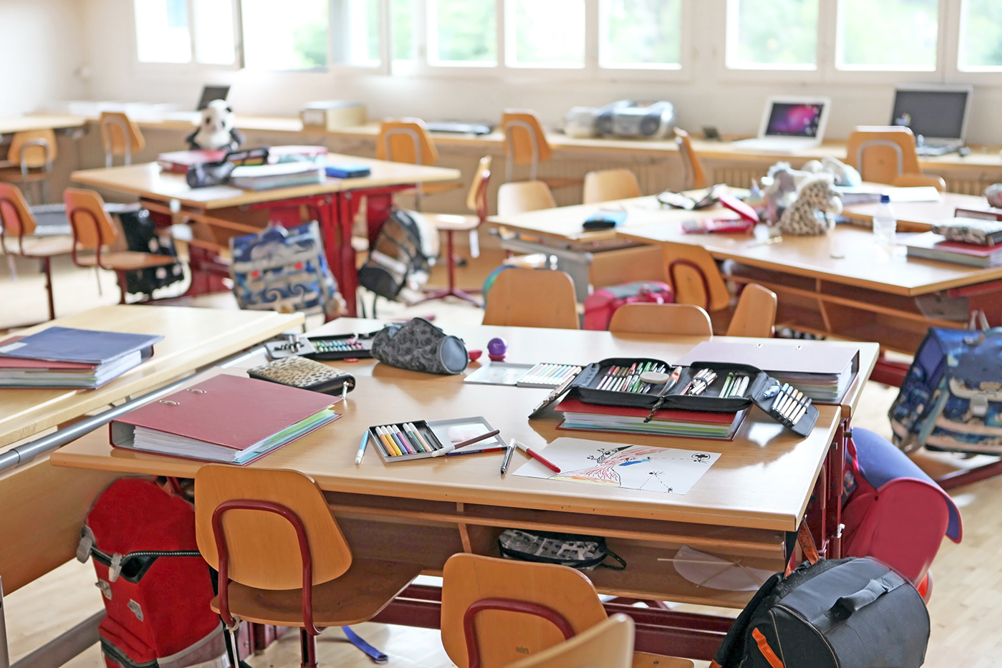
White working class areas are being particularly ignored by the initiative, which was launched by the coalition government in 2011 to offer more state-funded school places, says the Education Policy Institute (EPI) report.
There are currently 500 free schools across England and this week's Queen's Speech announced that a further 220 will be set up.
But the EPI's Free Schools in England report found that many disadvantaged areas are being ignored.
These include "challenged white communities" and "hampered neighbourhoods", which are among 24 terms the Office for National Statistics uses to describe different social, cultural and economic areas.
Register Now to Continue Reading
Thank you for visiting Children & Young People Now and making use of our archive of more than 60,000 expert features, topics hubs, case studies and policy updates. Why not register today and enjoy the following great benefits:
What's Included
-
Free access to 4 subscriber-only articles per month
-
Email newsletter providing advice and guidance across the sector
Already have an account? Sign in here

